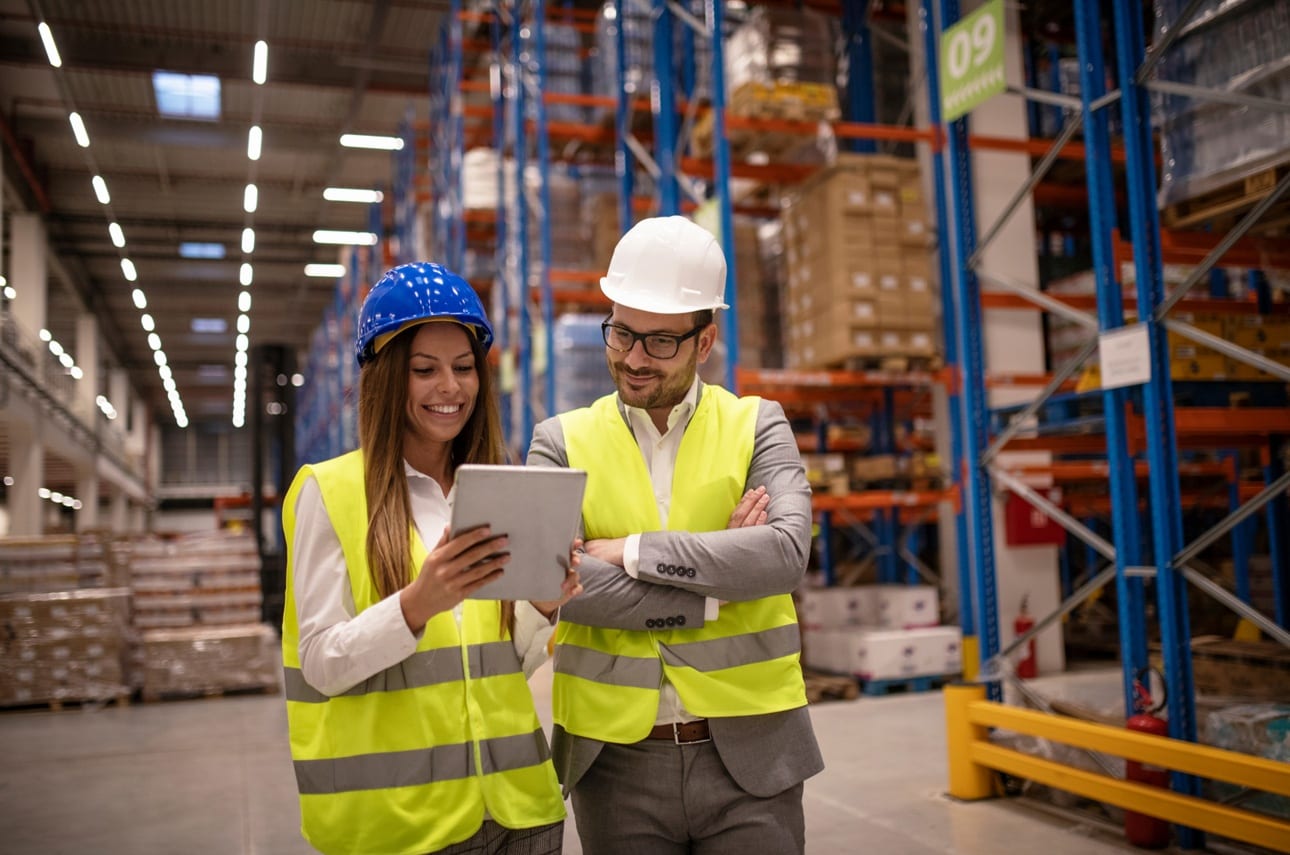Logistics Optimization: Spearheading Your Ecommerce and Retail Business to Success
eCommerce development has paved the way for the retail industry to grow at scale. Brick and mortar stores are not lagging as they sell through online platforms. With the increasing customer demand, the volume of shipment manifolds as well. High customer demands and the high volume of orders are scripting the new success story for companies.
Retail in the US was worth $6 trillion in 2018. eCommerce would grow up to $735 billion by 2023. Trends in India have steady growth too. The online retail market would hit $73 billion by 2022 during the forecast period. Indian eCommerce market would be worth $200 by 2026 as the forecast suggests.
Figure 1 Indian retail and eCommerce Market Size (Source: IBEF)
Although these figures appeared before the Covid-19, the scenario is overwhelming amid the crisis also. eCommerce shipments increase by 47%. Almost every logistics service is experiencing the same spike in volume. But, order or shipping delays are one phenomenon that impacts the customer service. According to Narvar data, the shipping delays are up by 1.5 days compared to normal days. On the other side of it, customer behavior is irrational as they always prefer same-day deliveries. To keep pace with the customer demand, retailers or eCommerce companies are adapting to logistics optimization. Most e-retailers do not have a brick and mortar store to keep their stocks. Hence, they use third-party logistics or supply chain management services. In order to fulfill customer demand, logistics optimization is necessary. A successful logistics optimization relies upon an expert logistics app development as they craft a functional and dynamic app for the retail and eCommerce businesses.
Before we nail down to the steps to implementing logistics optimization, explore the definition of logistics in eCommerce and retails.
About Retail and eCommerce Logistics
Logistics optimization is all about gauging the intricacies of a business’s supply chain to determine the capacity of a warehouse by its number of stocks, size and location. Overall, it should ensure the warehouse has an optimal combination to fulfill the supply chain all
through raw materials till the end users are served.
So, the end result must be to satisfy the customer demands, which holds the secret sauce of success. In order to increase the efficiency of the logistics services, eCommerce is concerned about launching a logistics management app that facilitates monitoring of the raw materials to the final delivery.
A logistics app in place helps you enhance the visibility of your supply chain and collaborate with a third-party.
Using a supply chain or logistics optimization app, you can streamline the workflow of the warehouse and manage order and delivery efficiently. Also, you can get actionable insights from the app so that you can make an informed decision.
- Distribution and order fulfillment cost is available
- Full visibility into inventory
- Fleet information
- Exact delivery information about the shipment
- Identify cost-effective solutions for your eCommerce business
- Automated order and delivery management
You can derive insights into last mile delivery and speed up the process of deliveries with minimal costs. Objectifying your achievement goals involves how well you equip the delivery process along with the optimization of the delivery routes. AI or ML can make it a success as you are eager to implement this facility for your users.
Also Read : [Gain Insights into How to Build a Successful Logistics App]







